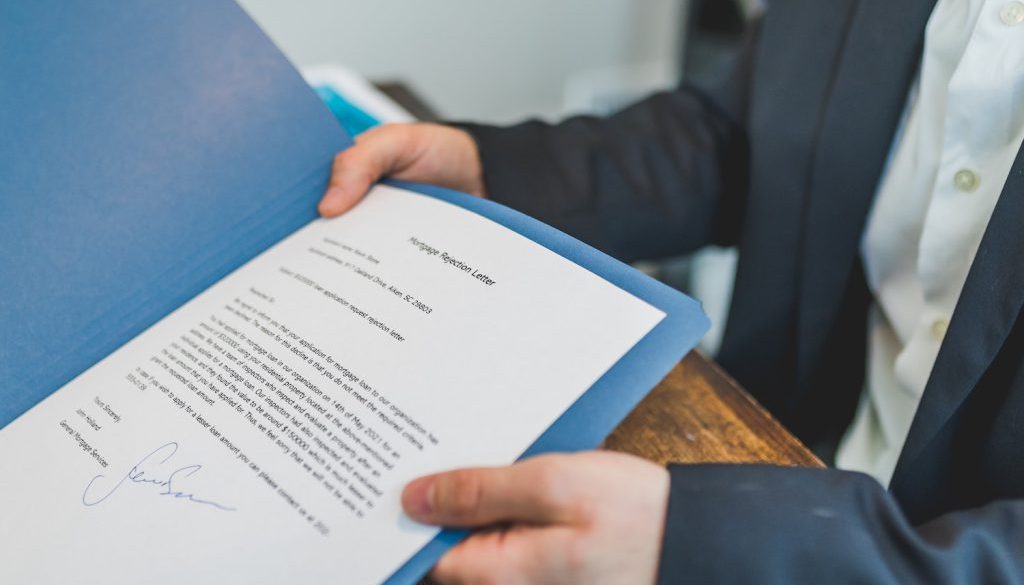Sublet with confidence: the comprehensive guide to subleasing your apartment
Whether you’re going away for an extended period or facing changes in your living situation, subletting your apartment can be a desirable option to avoid breaking your lease and meet your financial obligations. Successful subletting revolves around understanding the process, communicating openly with your landlord, and ensuring that all parties involved are aware of their rights and responsibilities. In this step-by-step guide, we’ll walk you through the essential stages of subletting your apartment to provide you with the tools necessary to navigate this transition smoothly and with confidence.
Steps for Subletting an Apartment
Turning your apartment into a successful sublet involves following a simple, yet crucial, series of steps. Adhering to these guidelines will ensure a secure and seamless experience for both the original tenant and the prospective subtenant.
Research Subleasing Laws
Before diving into the subletting process, it’s essential to understand the laws and regulations governing subleases in your jurisdiction, as well as any rules outlined in your original lease agreement. Ensure you are aware of your rights and responsibilities as a tenant, and learn about any legal restrictions on subleasing your apartment. Knowledge of these laws will help you avoid legal repercussions and ensure a transparent and legal transaction.
Find a Subletter
Identify a trustworthy subtenant is one of the most crucial steps in successful subletting. Beyond considering friends, family, or colleagues, explore online platforms and local community forums to find potential candidates. Schedule interviews and ask questions to assess their compatibility with your needs, and most importantly, do not hesitate to conduct background checks to verify the potential subtenant’s reliability and financial stability.
Make an Agreement
Once you find the ideal subtenant, it’s time to draft a sublease agreement. This document will outline the terms and conditions agreed upon by you, the subtenant, and your landlord. Ensure that the sublease covers essential elements such as duration, rent, security deposit, and maintenance responsibilities. A well-crafted agreement will help protect all parties and prevent future disputes.
Notify Your Landlord
Open communication with your landlord is vital to ensure a smooth subletting process. Inform them of your intentions to sublease and provide all necessary details about the prospective subtenant, including the duration of the sublease and the reason for your absence. Your landlord’s consent is usually required for subleasing, and transparency will help build trust and minimize any potential obstacles.
Pay Rent and Fees
Arrange a secure and straightforward method for collecting rent from the subtenant and making payments to your landlord. Make sure to establish clear procedures for handling late payments or other fees, and decide whether the subtenant will pay you directly or if the rent will go straight to your landlord. Keeping track of rent payments and fees is essential for maintaining a transparent and stress-free subletting experience.
Conclusion
Subletting your apartment doesn’t have to be an intimidating process. By following these steps and maintaining open communication channels with your landlord and subtenant, you can confidently sublease your apartment and enjoy peace of mind during your absence. Consider this guide as your roadmap to a successful subletting experience, and you’ll find that transitioning between tenants can be simple, efficient, and secure.



